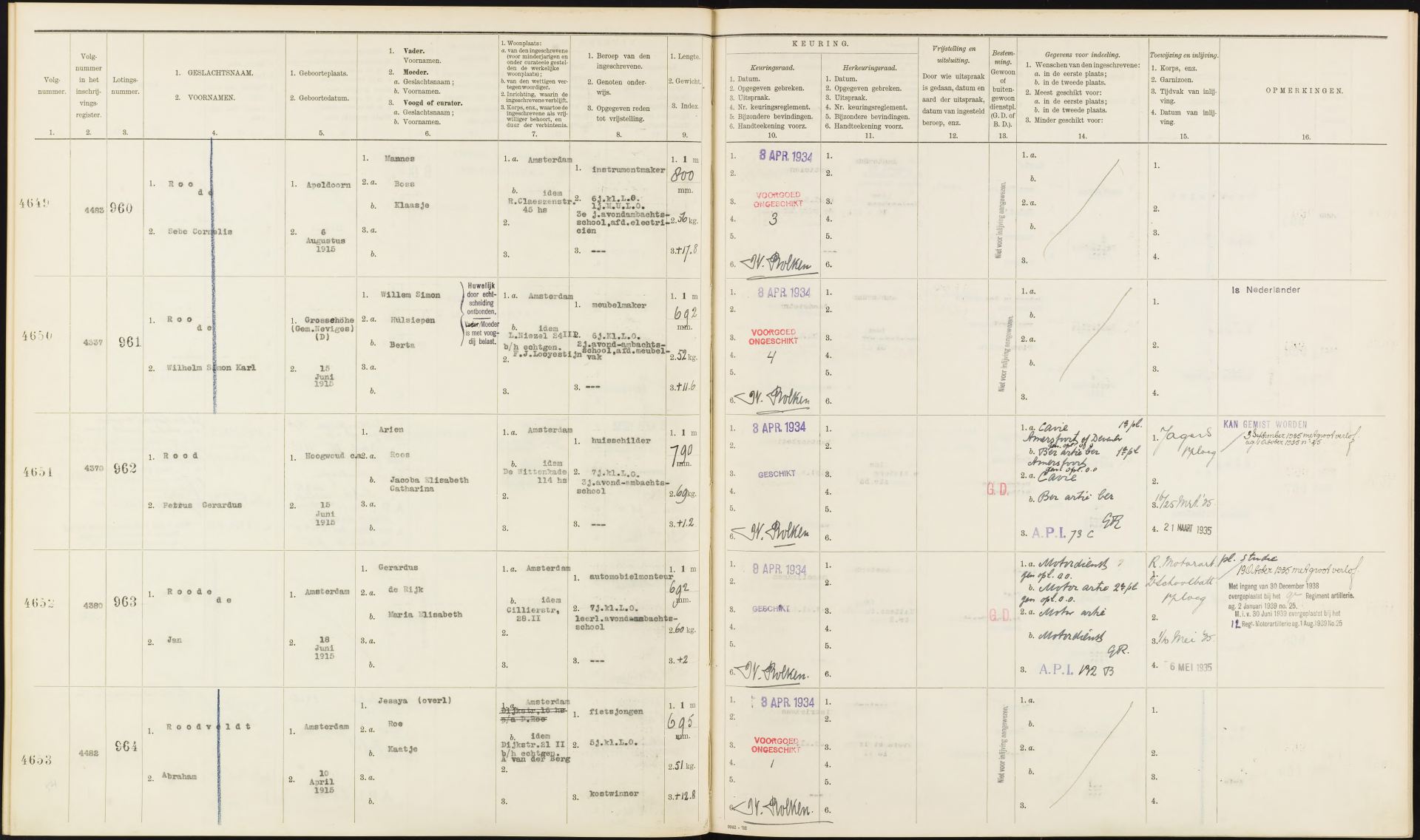Digital Studies of The Holocaust
This collaborative research project of The Ackerman Center aims to introduce the process of data analysis to Holocaust studies to create new ways of seeing and remembering the Holocaust. The Third Reich used local and regional bureaucracies to carry out the complex process of the mass killing of Jews. In the years following the end of WWII a massive number of bureaucratic records emerged—showing the Holocaust in brutal detail. Such records have been used in court cases like the Nuremberg Trials. One question drives this research. What could data science contribute to the study of the Holocaust in the digital age?
Deportations and Key Events of the Holocaust
This tool uses one circos plot to create a comprehensive view of the deportations of Holocaust victims from the German Reich, Belgium, France, Luxemburg, Greece, Italy and Netherlands from 1939 to 1945.
The deportations visualized above unfolded in relation to key events of both WWII and The Holocaust. This interactive and scalable map carries an animated timeline of key events unfolding from 1939 to 1945. Use the controls at the bottom of the map to animate the timeline, select a timescale, and pause the animation. This map is fully scalable and will display locations of key events down to the street level or up to the world scale.

View All Case Studies
The Digital Studies Team continues to build out new reports and case studies—adding to this digital library of interactive reports.
© 2020-present Ackerman Center for Holocaust Studies. All rights reserved.